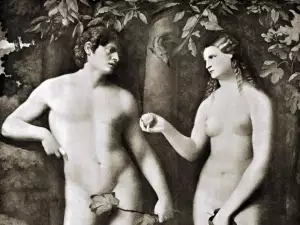White is a very odd color. If you ask a painter about it, he will tell you that it isn't actually a color, but the lack of it. White is always linked with light. It is thought to be the color of perfection. In reality, white embodies all colors within it. White can also be obtained when all 7 colors of the visible spectrum are combined.
Before the great Newton got involved, it was believed that white was the color of light. By using a prism however, he showed that white light was broken up into thousands of other colors at first glance. This is simply an optical illusion.
From there comes the question of why snow is white. The answer is quite simple - it is not white. Falling snowflakes are nothing more than falling transparent crystals. White appears as a trick of the light. A similar phenomenon can be observed in clouds soap foam, despite the various colors of soaps.

These textures reflect light in such a way, that not one of the colors of the spectrum are reflected back more than the others. All of them are mixed together and white is the result. At the same time, the human eye is not nearly advanced enough to tell them apart.
The same principle applies to other, more substantial things, that we can touch and traditionally accept as being white. These are for example sugar, cotton, milk, very clean sand, even cocaine. White - yes but no - they are not white, they are transparent.

In general, the way that we perceive colors is basically an odd optical illusion. It occurs thanks to light and the biological quirks of the human eye. Light, in and of itself, is energy that comes out of various sources. And those sources do not emit it at the same levels, and when talking about colors, we actually mean waves.
An interesting example of this is the fur of a polar bear. It too is transparent. As unbelievable as it sounds, it simply appears white because of light. And when you put it against a white background, it will simply be the whitest thing that you can imagine. Strange, isn't it?









